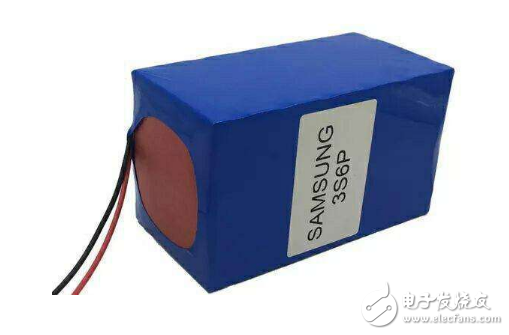
Chirevo chekuvanzika: Kuvanzika kwako kwakakosha kwazvo kwatiri
The power battery is the power source that provides the power source for the tool, and refers to the battery that powers the electric car, the electric train, the electric bicycle, and the golf cart.
A battery is one of the batteries. Its function is to store limited electrical energy and use it in a suitable place. It works by converting chemical energy into electrical energy.
It uses a lead plate filled with sponge lead as a negative electrode, a lead plate filled with lead dioxide as a positive electrode, and 22 to 28% of dilute sulfuric acid as an electrolyte. When charging, electrical energy is converted into chemical energy, which is converted into electrical energy when discharged. When the battery is discharged, the metal lead is a negative electrode, which undergoes an oxidation reaction and is oxidized to lead sulfate; the lead dioxide is a positive electrode, and a reduction reaction occurs, and is reduced to lead sulfate. When the battery is charged by direct current, the two poles respectively produce lead and lead dioxide. After removing the power supply, it returns to the state before discharge to form a chemical battery. A lead storage battery is a battery that can be repeatedly charged and discharged, and is called a secondary battery. Its voltage is 2V, usually three series of lead batteries are used in series, the voltage is 6V. The car uses six lead batteries in series to form a 12V battery pack. The lead storage battery should be supplemented with sulfuric acid after a period of use to keep the electrolyte containing 22 to 28% of dilute sulfuric acid.

A lithium battery is a type of battery using a lithium metal or a lithium alloy as a negative electrode material and using a nonaqueous electrolyte solution. The earliest lithium battery came from the great inventor Edison.
Due to the very active chemical properties of lithium metal, the processing, storage and use of lithium metal are very demanding on the environment. Therefore, lithium batteries have not been used for a long time.
With the development of microelectronics technology in the twentieth century, the number of miniaturized devices is increasing, and high requirements are placed on power supplies. Lithium batteries have entered a large-scale practical stage.
It was first used in pacemakers. Since the self-discharge rate of the lithium battery is extremely low, the discharge voltage is gentle. It makes it possible to implant the pacemaker into the human body for a long time.
Lithium batteries generally have a nominal voltage higher than 3.0 volts, which is more suitable as an integrated circuit power supply. Manganese dioxide batteries are widely used in computers, calculators, cameras, and watches.
What is the connection between the power battery and the lithium battery?According to the chemical type, the battery can be divided into lead-acid battery, primary alkaline battery, nickel-cadmium battery, nickel-hydrogen battery, lithium-ion battery and so on. The battery can be divided into a power battery and an ordinary battery according to the discharge current that can be outputted. The difference between the power battery and the ordinary battery is basically defined as: the ordinary battery can be discharged at a maximum current of 3C, and the power battery generally refers to a current discharged at 5C, and An ultra-high power battery can discharge at a current of 20C or more.
Therefore, lithium batteries have both a normal type and a power type. There are lead-acid batteries in the power battery, nickel-hydrogen batteries, and lithium-ion batteries.

Imeyili kune uyu mutengesi

Chirevo chekuvanzika: Kuvanzika kwako kwakakosha kwazvo kwatiri

Zadza rumwe ruzivo kuti ugone kuwirirana newe nekukurumidza
Chirevo chekuvanzika: Kuvanzika kwako kwakakosha kwazvo kwatiri